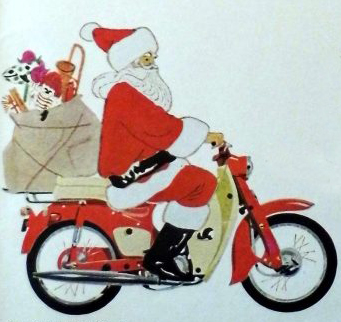
Over 100 million.
One. Hundred. Million.
That’s how many Super Cubs Honda’s cranked out since 1958.
For perspective, the world’s highest-selling car, the Toyota Corolla, has about half that, with over 50 million.
The once-ubiquitous Volkswagen Beetle? About 21.5 million.
Henry’s Ford’s revolutionary Model T? A bit north of 15 million.
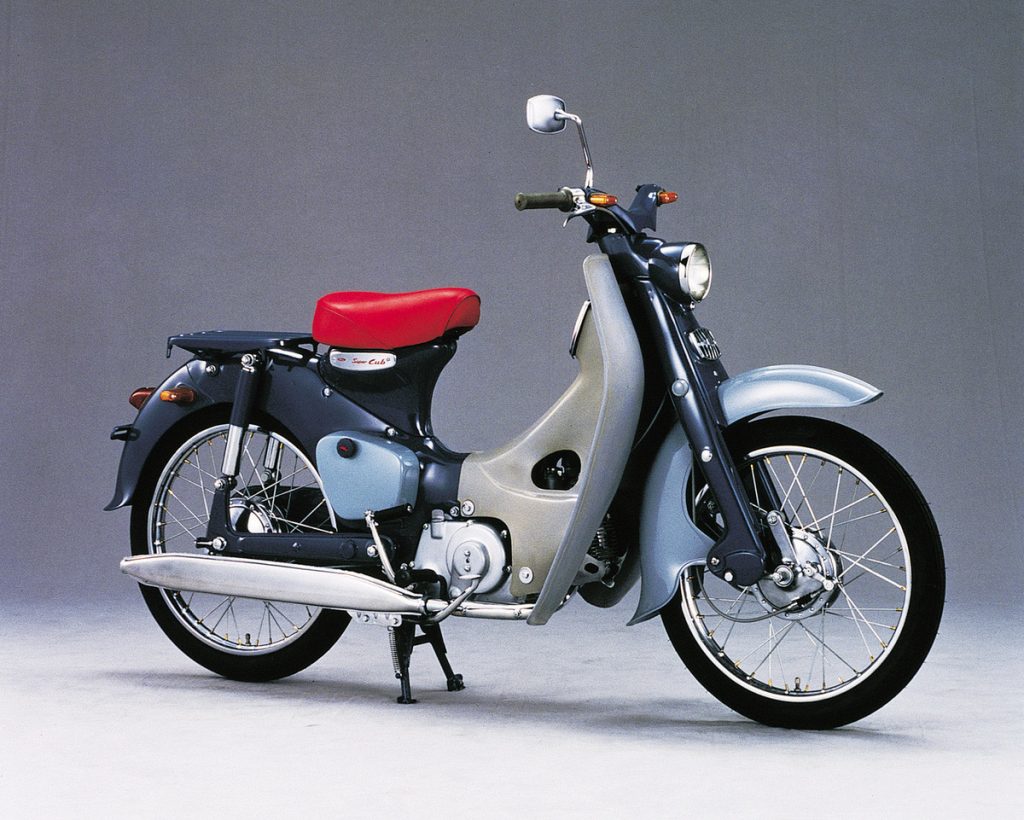
So yeah, 100+ million Super Cubs is a pretty impressive number. And that tally continues to grow, as Honda’s got the latest iteration of its trusty scooter on powersports showroom floors right now, the Super Cub C125.
While these latest models boast modern tech like disc brakes and fuel injection, what’s really remarkable is that they look almost identical to their earlier brethren. In fact, Honda’s been so faithful to the original Super Cub silhouette that, with a passing glance, it’s dang-near impossible to tell a new Cub from a vintage one.
In other words, the Super Cub pre-dates retro.

Never Heard of a Super Cub?
If you’ve never heard of a Honda Super Cub, don’t worry. The name itself really only began appearing in the United States relatively recently.
Thanks to some copyright entanglements, when Honda sent the Super Cub stateside in the 1960s, it was simply called the Honda 50, then it later evolved into the Honda Passport scooter line. Same deal with some European markets.
But pretty much the rest of the world knows this particular line of scoots as the “Super Cub,” and when Honda brought back the model to the U.S. in 2019, it made sure to clear the right legal hurdles to bring the name along too.
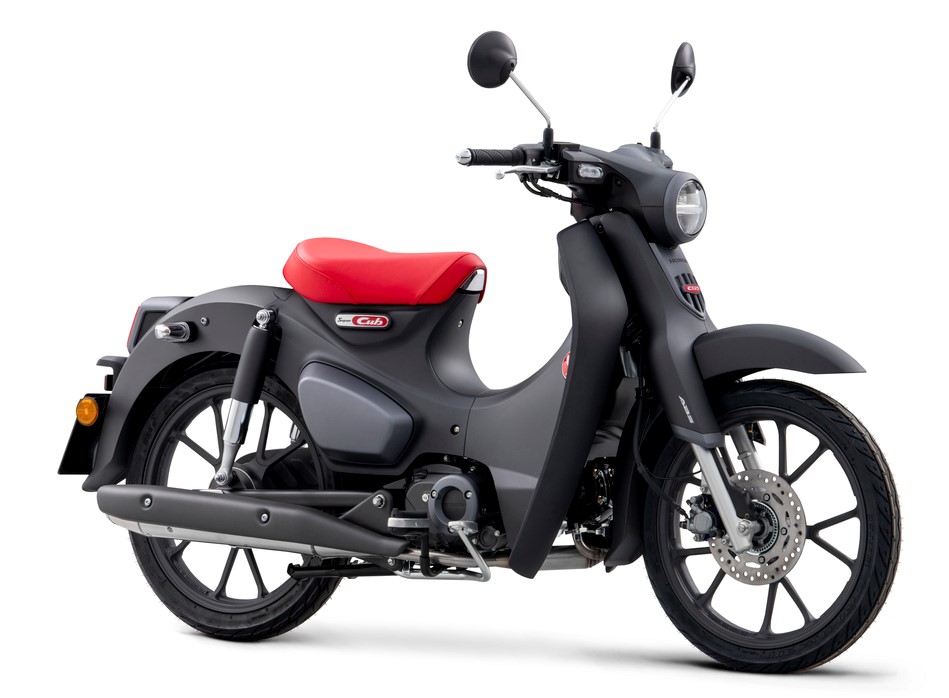
A Little Super Cub History
After the end of World War II, the Honda Motor Company was successful making motorized bicycles and had just launched its first true motorcycle, the D-Type, in the late 1940s. But after touring Europe, company co-founders Soichiro Honda and Takeo Fujisawa saw an opportunity to develop a cheap, user-friendly vehicle that could mobilize Japan and help fuel its postwar economy.
The design goals for the Super Cub were pretty simple: It had to be easy to operate, reliable and durable to withstand rugged use, and affordable for the average Japanese citizen.
After a year or so of development, the Super Cub was born.
The scooter itself had some pretty revolutionary features, namely its use of plastic in the construction, with plastic fenders and a plastic fairing. It also featured a 50cc four-stroke engine, which was a significant upgrade from earlier two-strokes.
All told, you could zip up to around 45 mph on a Super Cub, while getting a stingy 200 mpg.
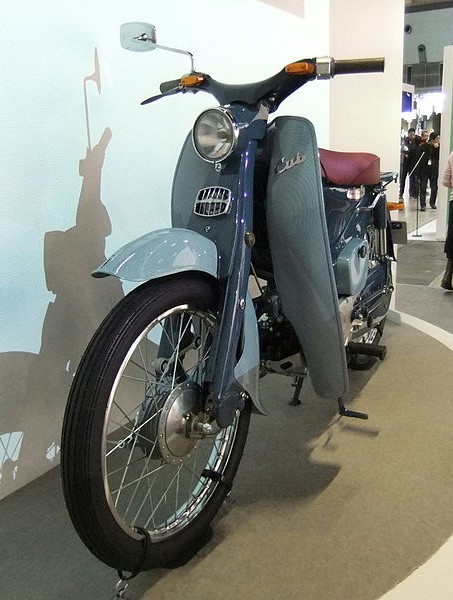
In order to make the Super Cub affordable, Honda needed to produce a lot of them to spread the tooling cost around. So it did, erecting an all-new factory capable of an incredible production scale—which would ultimately set Honda up to become the motorcycle manufacturing behemoth it is today.
But would the public be interested?
Launched in 1958, initial Super Cub sales were slow as the Japanese economy dug out from a postwar recession. There were some growing pains too, as early complaints about clutches in particular were common. But the Super Cub gradually caught on.
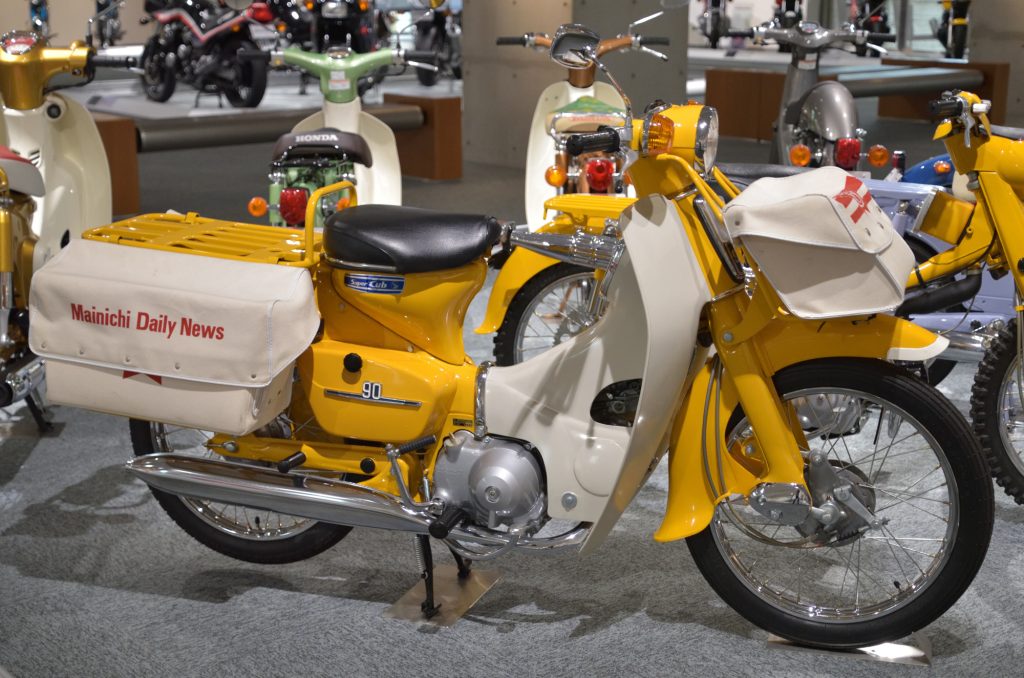
And not just with the general public. Thanks to their reliability and operating costs, delivery companies and couriers snapped up Super Cubs, and the appeal grew worldwide as Honda began selling them in European and North American markets. Soon the Super Cub spawned other models, with different motors and increased capability.
There was also a performance trim: the “Sports Cub,” which more closely emulated a motorcycle’s riding position and layout. And there were even off-road variants, as “Trail” models soon found their way onto the dirt paths of the world.
Don’t Call it a Comeback
Though it had been steadily cranking out the beloved scoot for other markets, Honda had kept the Super Cub out of the United States since the early 1980s. Until 2019 of course, when it came back with the same not-so-throwback styling it’s always had.
And Honda even gave us the aforementioned Trail version too, complete with a scrambler-style pipe, fork gaiters, and knobby tires.
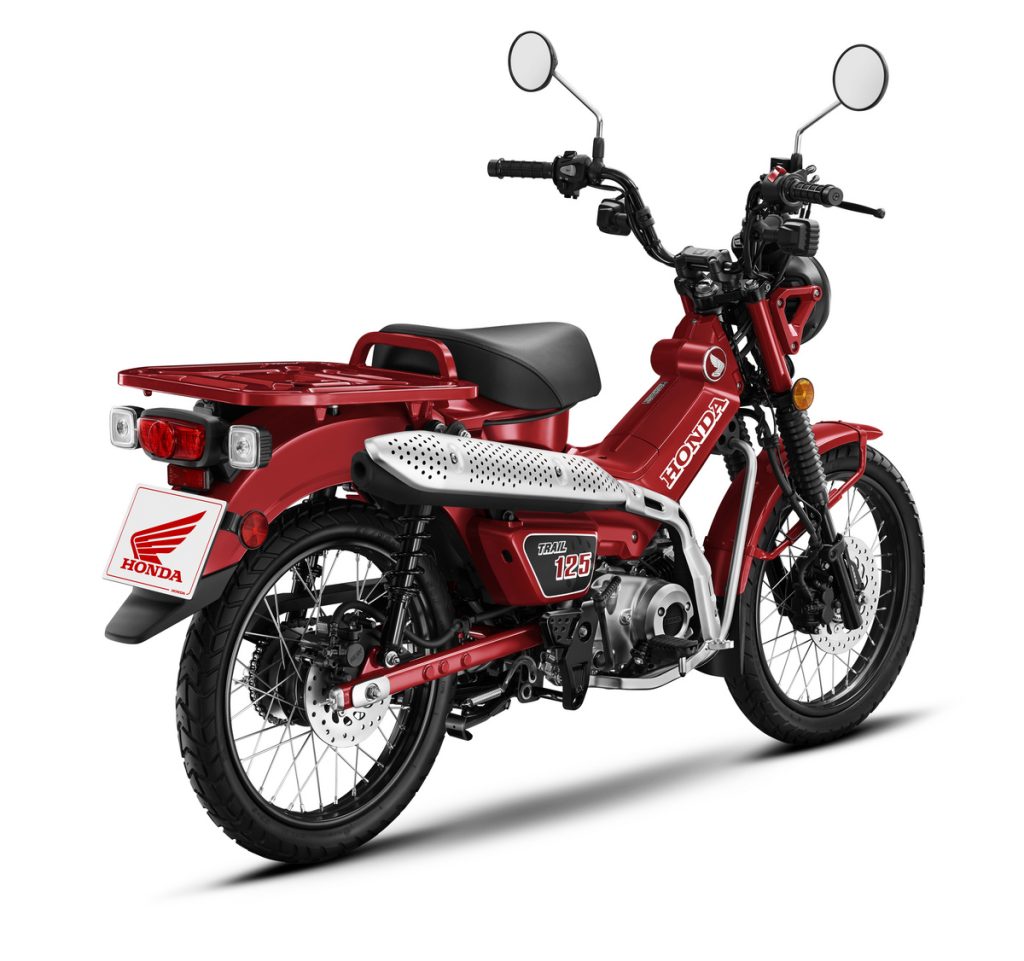
You Meet the Nicest People on a Honda
Before we wrap up, it’s absolutely worth mentioning that the Super Cub was the catalyst for one of the most groundbreaking advertising campaigns of all time. Pop into a marketing class for long enough, and you’ll hear this Honda case study mentioned at least once. And it all centered around a simple premise: “You Meet the Nicest People on a Honda.”
Print ads featured pictures of men, women, teenagers, baseball players, housewives, surfers, children—heck even Santa Claus himself putts around the North Pole straddling a Super Cub.
Positioned as the anti-brand to big-displacement Triumphs and Harleys, the message was clear: anyone could ride a Honda.
…And as Honda found out with the Super Cub, a lot of people do.
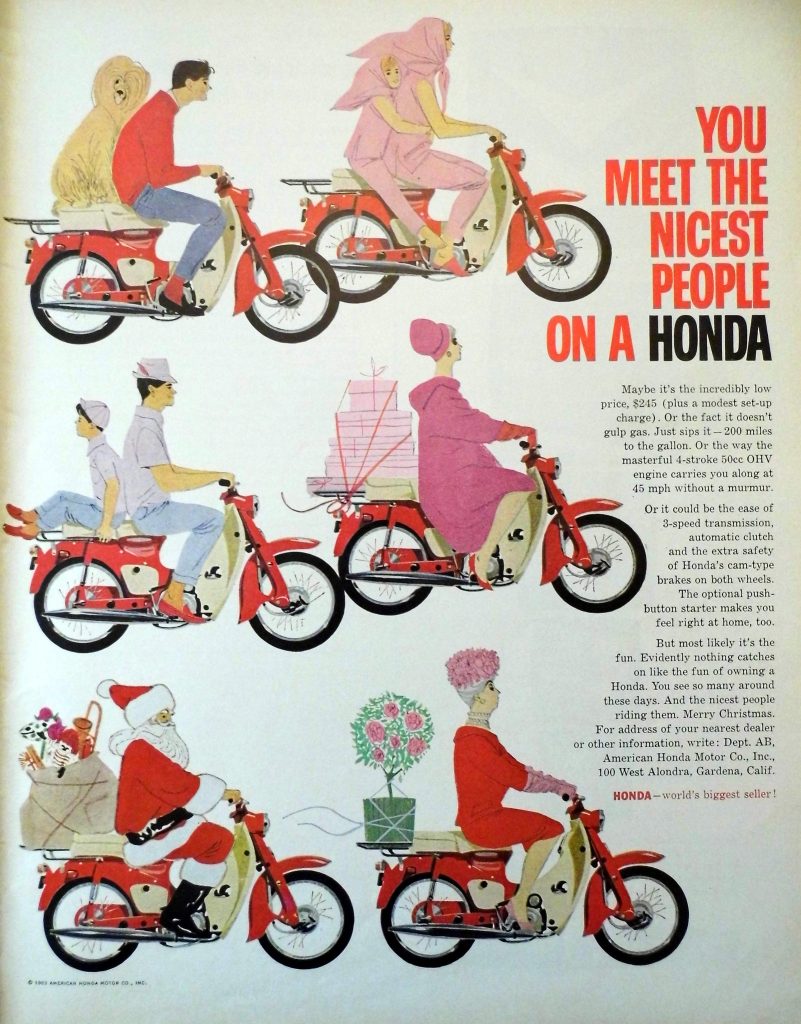
***

we better see 1 – 5 to get into “real vehicles”. Some get the stat by simply keeping the same model name forever. Others due to size of company (1/2 doz factories churnin them out around the globe. I hear ford f-series (100? 150?) is up there (since the ’70s).
[…] motorcycle brand in the world at the time, not to mention the Honda Super Cub (49-124cc) being the top selling motor vehicle in the world. Many cross country adventures have been enjoyed under 400cc including the ride chronicled in Robert […]